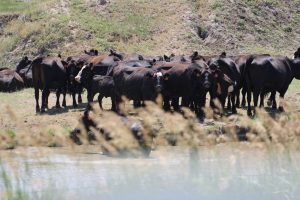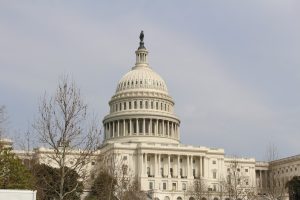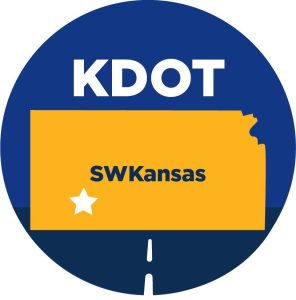Kansas farm income projected to decrease in 2024

By Mary Sullivan, K-State Research and Extension news service
Kansas net farm income is projected to decline in 2024, according to a report from the Rural and Farm Finance Policy Analysis Center (RaFF).
The center, working with Kansas State University agricultural economists from Kansas State University, said in its Fall 2024 Kansas Farm Income Outlook that Kansas’ 2024 net farm income is estimated at $4.69 billion.
After peak levels in 2023, net farm income is expected to decline by $1.24 billion in 2024.
“A $1.66 billion (-63%) decline in crop insurance indemnities along with a $660 million (-8%) reduction in crop receipts would more than offset the $1.58 billion (+10%) rise in livestock receipts,” according the report.
K-State agricultural economist Joe Parcell said what has him concerned for some farmers is that ”I don’t see the past financial levers available to income-strapped producers like there has been the past decade.”
“For one, there is no sign of trade/pandemic emergency payments to farmers like we saw 2018 through 2022. Second, if I’m having trouble repaying loans that I financed two years ago at low interest rates, then refinancing now at higher interest rates doesn’t help the producer’s situation.”
Despite the decline in farm income in 2024, net farm income is still the third highest since 2013, following 2021 and 2023 record-setting levels. The report also found Kansas’ projected 21% decrease in net farm income to be larger than the 6.2% decline in U.S. net farm income projected by FAPRI-MU.
Parcell said two items emerged from his analysis of the three-year average of Kansas farm income.
“The first is that Kansas didn’t get as large a drop-off in farm income because the early 2020s drought held us back from the peak farm income the rest of the country got,” he said. “And secondly, the strength of the cattle market is going to, on average, allow Kansas projected farm income to remain flat, whereas the country as a whole continues with a drop-off from the peak years.”
Other key findings from the report include:
- Total planted crop area declined in 2024, transitioning more towards corn and soybeans. More normal growing conditions for wheat, however, increased harvested acres by 1.4 million in 2024 – resulting in a 113-million-bushel larger crop than seen in 2023. Crop receipts are projected to decline by $700 million.
- Despite a small decline in Kansas’ cattle and calves’ inventory in 2024, cash receipts are expected to increase 10%, as higher prices push receipts up. Total livestock receipts increased $1.6 billion in 2024.
- Production expenses are set to increase slightly in 2024, as purchased livestock expenses hit record-levels. Despite the rise in total production expenses, feed, fertilizer, and interest expenses came down in 2024. Production expenses are forecast to decline 3% in 2025.
The fall 2024 farm income outlook is co-published by the Kansas State University Department of Agricultural Economics and RaFF at the University of Missouri, which provides objective policy analysis and informs decision makers on issues affecting farm and rural finances. The center collaborates with a number of states to develop farm income projections with local expertise.
“RaFF’s Farm Income Outlook for calendar years 2024 and 2025 is intended to inform policymakers, industry analysts, and agricultural practitioners about the expected profitability of the local agricultural sector and its main drivers,” said RaFF Director Alejandro Plastina “RaFF’s state-level projections complement and add granularity to national projections by the USDA and FAPRI-MU, providing valuable insights on local agricultural trends,”.
The full report and data tables can be found at https://ruralandfarmfinance.com/publications/#farm-income-estimates









